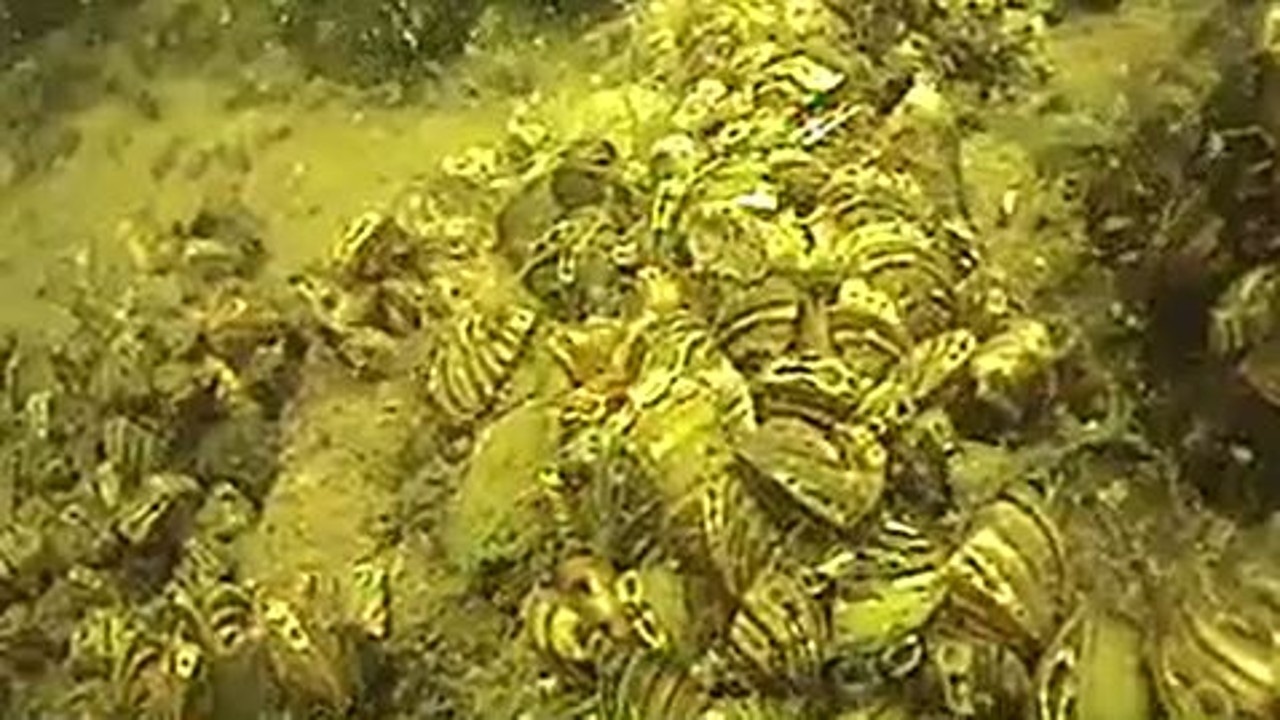Invasive zebra mussels found in two local lakes

(KSTP/FILE)
State environmental officials have confirmed an invasive species in two more Minnesota lakes.
Zebra mussels are in Wall Lake in Otter Tail County and Long Lake in Kandiyohi County, according to the Minnesota Department of Natural Resources (DNR).
Zebra mussels are an invasive species that attach to natural and manmade objects. They cause “recreational, economic, and ecological damage” through encrusting equipment, clogging water intakes and being sharp enough to cut swimmers’ feet, according to the DNR.
A DNR invasive species specialist responded to a report from a swimmer at Wall Lake — around 10 miles east of Fergus Falls — and found half-inch zebra mussels on the lakebed and rocks about one-third of a mile from the area of the report.
Six adult zebra mussels were found in Long Lake, just north of Willmar, by DNR invasive species specialists in response to a separate report. The mussels were 1.5 inches long and attached to concrete planks at the public access boat ramp.
Regardless of if there are invasive species in a lake, Minnesota law requires people to:
- Clean watercraft, trailers and equipment to remove aquatic plants and prohibited invasive species.
- Drain all water and leave drain plugs out during transport.
- Dispose of unwanted bait in the trash.
- Never release bait, plants or aquarium pets into Minnesota waters.
- Dry docks, lifts and rafts for 21 days before moving them from one water body to another.
To reduce the risk of spreading aquatic invasive species:
- Decontaminate watercraft and equipment – find free stations on the courtesy decontamination page of the DNR website.
- Spray watercraft and equipment with high-pressure water or rinse with very hot water (120 degrees for at least two minutes or 140 degrees for at least 10 seconds).
- Dry watercraft and equipment for at least five days before using in another water body.
People should contact a Minnesota DNR aquatic invasive species specialist if they think they have found zebra mussels or any other invasive species.